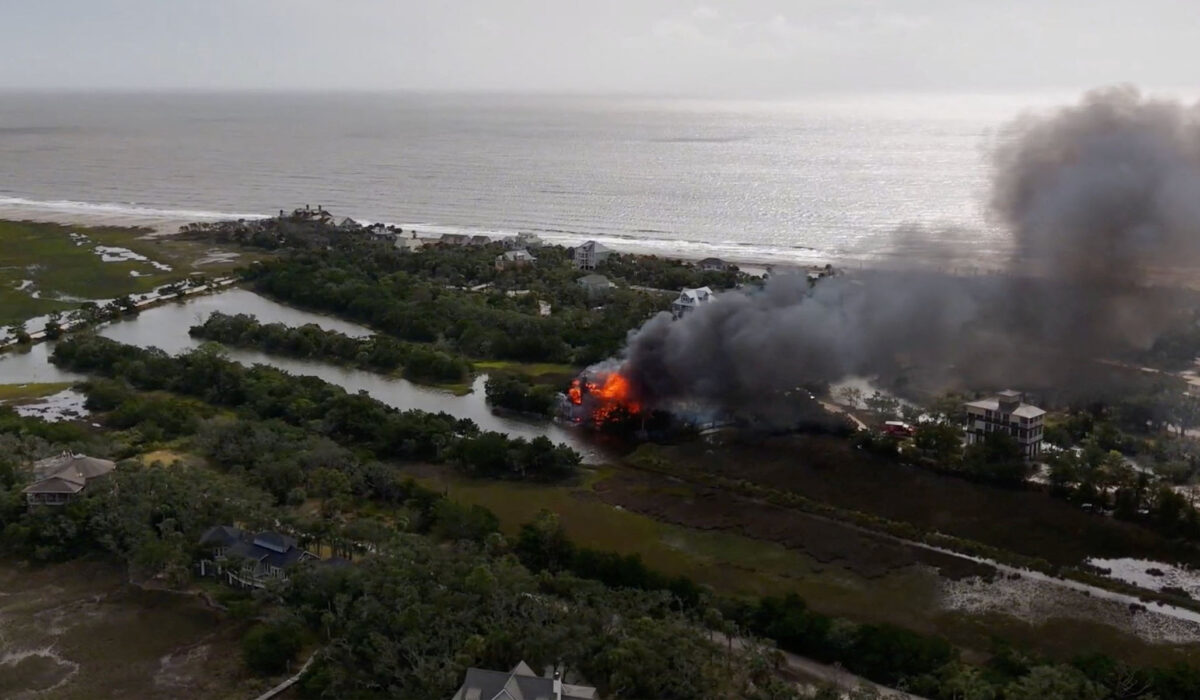Why a South Carolina House Fire Dominated Headlines While Threats to Conservative Justices Barely Registered
Newsrooms moved fast when a South Carolina house fire hit the wires, treating it like a dramatic mystery worth wall-to-wall coverage. That instinct for flame and spectacle is understandable, but it can also distract from larger, more dangerous narratives. One of those overlooked stories was an apparent campaign of intimidation against conservative Supreme Court justices.
When attacks or plots target judges, the stakes go beyond property or a news cycle. They threaten the rule of law and the institutional independence that conservatives want preserved. Yet the media frenzy over a single blaze left little room to examine why justices were being targeted or who stood to gain from silencing them.
The press often follows what’s visually arresting or emotionally immediate, and a burning house fits both boxes. But threats that are covert, organized, or political require patient investigation and a willingness to name motives and actors. Republicans watching this pattern see a double standard: spectacle gets attention while threats against conservative figures get framed as isolated or trivial.
There’s also a timing problem. When a dramatic event distracts reporters, follow-up on related incidents stalls. That means potential connections between arson, harassment, and coordinated pressure campaigns can go unexplored. Leaving those threads untied lets bad actors operate in plain sight without facing the scrutiny they deserve.
Law enforcement deserves credit for investigating obvious crimes, but public reporting matters too because it sets the priorities. Media choices shape perception of what’s urgent and what’s acceptable. From a conservative perspective, minimizing coordinated threats against justices feels like normalizing intimidation as a political tactic.
We should be clear about why attention matters: judges are people who decide weighty issues, and attacks on them are attacks on the process itself. If the press treats threats to conservative justices as background noise, it weakens the deterrent effect of public exposure. That emboldens actors who want to bend the judiciary through fear rather than legal argument.
Part of the problem is ideological framing. Stories about violence aimed at conservatives often get buried under context that excuses or dilutes intent. Reporters sometimes frame attacks as random or as the result of personal grievances, rather than as politically motivated attempts to influence the court. That framing makes it easier for the public to shrug instead of demanding answers.
Accountability requires naming potential motives, tracking networks, and reporting on the political climate that enables intimidation. Investigations should connect visible incidents like arson to any wider campaign of influence or coercion. A thorough press would not treat those avenues as separate stories but as parts of the same threat to civic norms.
The reaction of elites matters too. If political and cultural leaders treat attacks on conservative justices with indifference, the message is clear: targeting judges is acceptable if the targets hold certain views. That erosion of standards is dangerous for anyone who values impartial courts and settled law. Conservatives see this as a symptom of a broader cultural tilt that rewards vandalism and vilification when directed at the right targets.
Fixing the imbalance starts with journalists doing their job: follow the facts, make connections, and resist the siren call of spectacle. Reporters can cover dramatic events like a house fire while also asking whether those events intersect with political intimidation. The public deserves reporting that protects institutions, not just entertains them with flames.

